1974 CitroŽn DS23 Safari (Break)
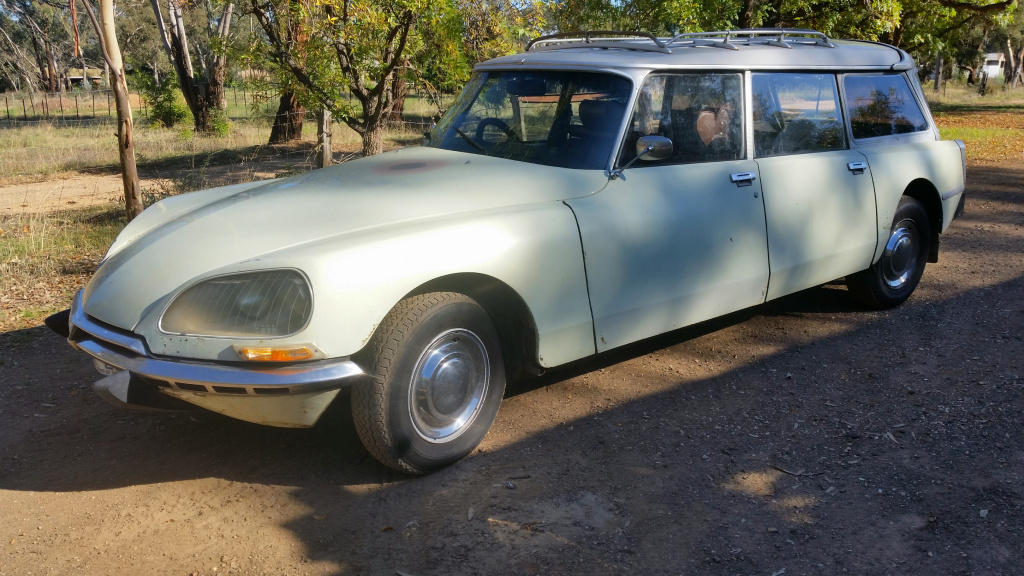
For some time I have been wondering what should be the one remaining marque I should add to the Kelly Street Classics garage. It had to be an important but beautiful part of automotive history. The answer eventually was obvious. CitroŽn DS (known as the Dťesse, or Goddess).
So the search for a good DS began in earnest. It was surprising what was out there, and not necessarily advertised through the normal commercial advertising channels. Facebook groups were a great source, and older, established internet bulletin boards and forums. I had a shortlist in the end of a car in Western Australia (difficult to inspect with the tyranny of distance), a lovely Pallas in South Australia, which was my main focus, but I was 2nd in line, and this Safari and a Pallas in Canberra, which I found out about by a combination of a friend having been offered the car (among others) and other Canberra contacts who knew the car for the last 20 years or so.
The South Australian Pallas ended up selling to the first-position buyer, so I decided to drive to Canberra to view the cars on offer there. While some problems were apparent, I thought the Pallas and the Safari were worth taking a bit of a gamble on, even though they were priced a fair bit higher than the others I had considered (and, as it turns out, quite a bit higher than offers from others, as I discovered later).
I had owned a near-identical Safari about 20 years ago, and loved it to bits. However, I sold it for all the wrong reasons (to keep a woman happy).
Eventually a slightly lower price was agreed to by the seller (the widow of the owner - just recently sadly deceased - of the cars for the past 20 years or so), which was JUST covered by the rest of my savings and the rest of my modest superannuation. This was scary stuff! However, some weeks later, the trip to Canberra was done with my trusty old Isuzu truck and a borrowed car trailer (thanks Jason!).
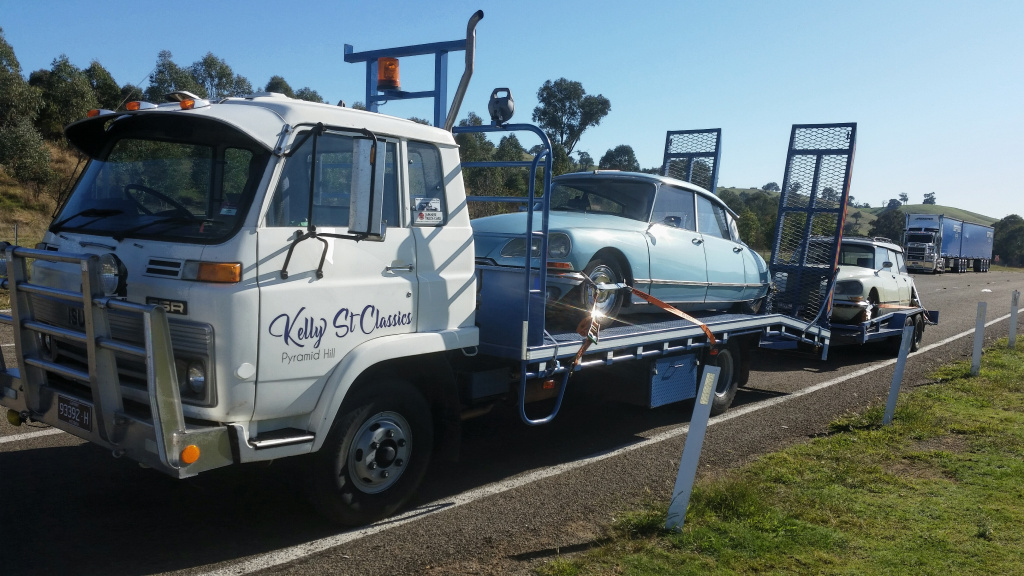
↑ The big move from Canberra to Avoca, during a
rest stop on the Hume Hwy. The Isuzu did a great job yet again!
As soon as the Safari was in the Kelly St Classics workshops, some immediate work was carried out. It was incredibly dirty, but responded well to a very vigorous scrubbing. It is a genuine, largely unmolested example, still wearing its original paint beneath the various battle scars. I will resist the temptation to 'restore' this vehicle, and will focus more on its preservation, showing sensitivity to its originality and character. However, some aspects need attention.
-
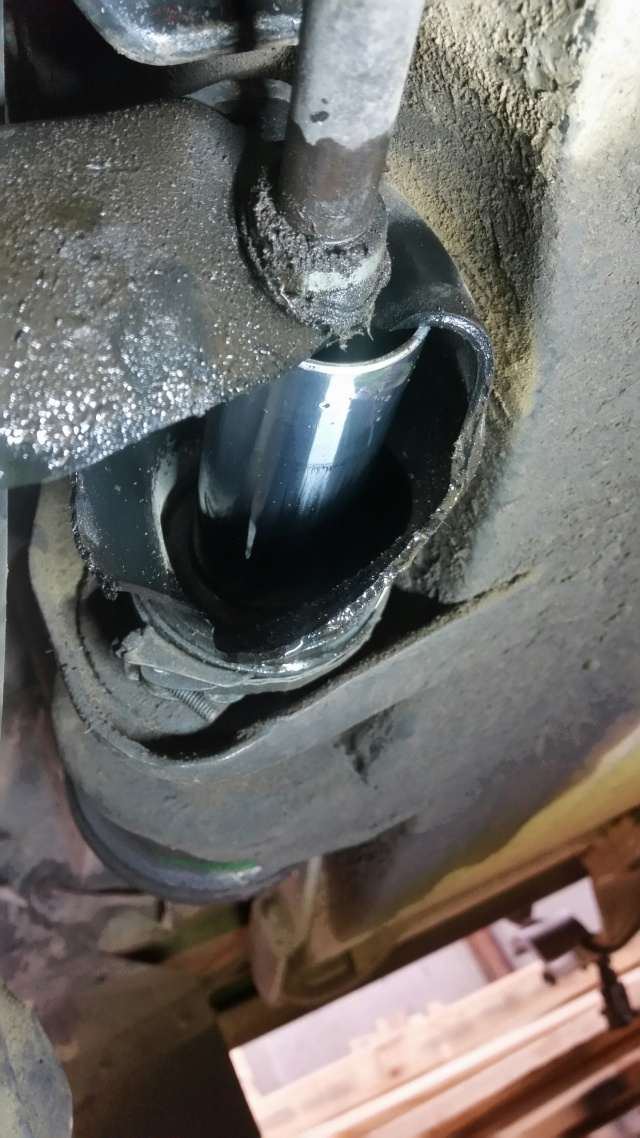 LHM fluid leaks from the front left and rear
right of the car, so return lines or boots are suspected. A quick
inspection showed this on the rear right. Other boots are all perished
and cracking, but not as drastically as the rear right! (see pic).
LHM fluid leaks from the front left and rear
right of the car, so return lines or boots are suspected. A quick
inspection showed this on the rear right. Other boots are all perished
and cracking, but not as drastically as the rear right! (see pic).
-
There is a VERY dangerous petrol leak when the tank is filled. Petrol spews from the rear right of the car (probably a filler tube or breather) when the tank is filled, until the tank contents settle to a near-full level. How this was tolerated is incredible. How it was not mentioned by the seller is almost criminal. Only early observation and quick action to remove the car from the forecourt saved this from being a major incident at a Ballarat Service Station when the car was filled.
-
It was running roughly on 3 cylinders. Luckily the problem was traced to faulty, and quite unsuitable, spark plugs. These were not old, but one had stopped firing completely, and the others being intermittent, especially as the engine warmed up. New NGK plugs are on order. The distributor cap had a broken (and missing) centre carbon electrode, so will be replaced.
-
Rear brakes are extremely grabby, and doing about 90% of the work. The car had been described as being suitable to drive to its new home, but the two points so far proved that to be simply untrue and quite unsafe.
-
The car had some remaining unsightly, unoriginal, badly applied (using contact cement) aftermarket plastic rubbing strips applied at some time in the past, so these were carefully removed, using copious quantities of strong solvents and elbow grease to remove the aged and hardened contact cement from the panels without damaging the underlying original paint.
-
Regular 'cycling' of the high pressure pump shows something needs attention. The pump cuts in every 4-5 seconds, vastly in excess of the 45 seconds considered an acceptable minimum. Further investigation should show which component(s) is at fault.
-
As with the Pallas, wiring was all over the shop. No horn, and most headlights either didn't work (long-range driving lights) or worked incorrectly, with high beam on the left operating when low beam on the right was on, and vice-versa. The main problem turned out to be wires connected to almost random terminals, which took a fair bit of sleuthing to track down and correct. Amusingly, the incorrect connections were then marked with coloured cable ties to identify the pairs, but the pairs were incorrect. Earth connections were also completely missing from some of the headlight units (which all need individual earth wires as the housing itself is plastic). It is doubtful the corroded reflectors will pass a roadworthy inspection, so these will need either replacing (unlikely to find replacements) or 'resilvering' (costly, but effective).
Engine and transmisson are good, and most hydraulics are good.
Enjoy the following photos, which show the car after many hours of intensive cleaning inside and out, and the aftermarket rubbing strips removed.
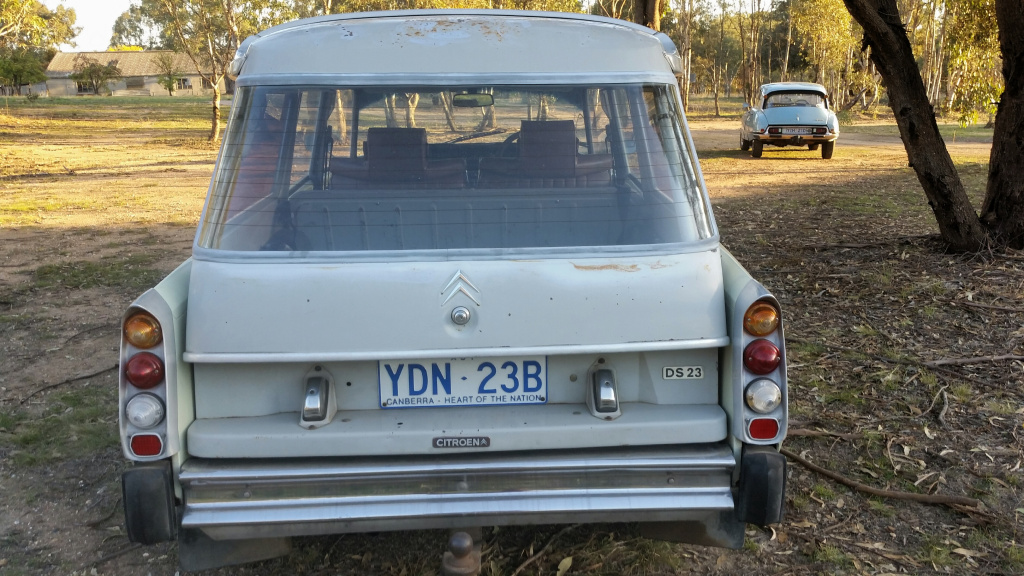
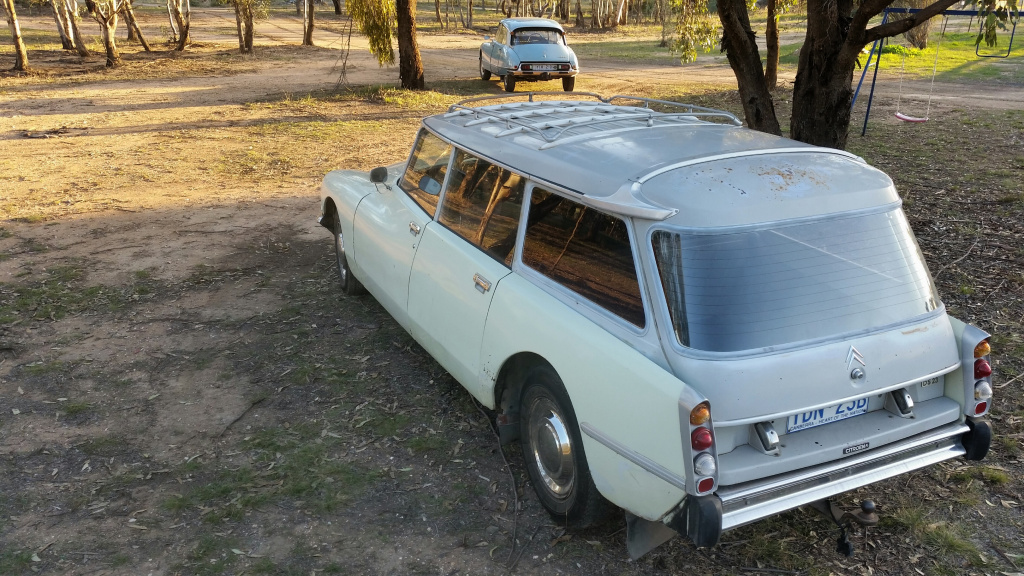
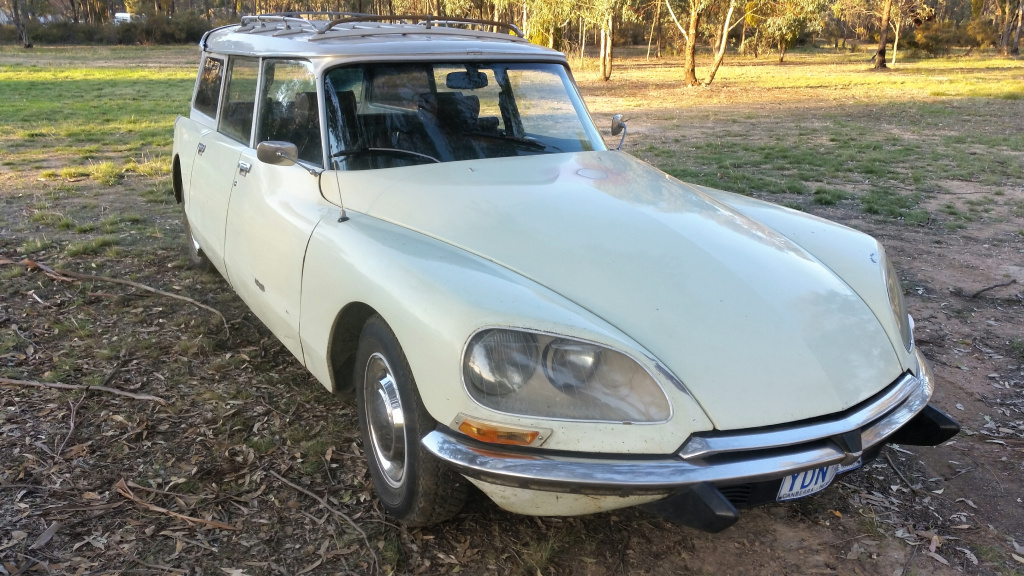
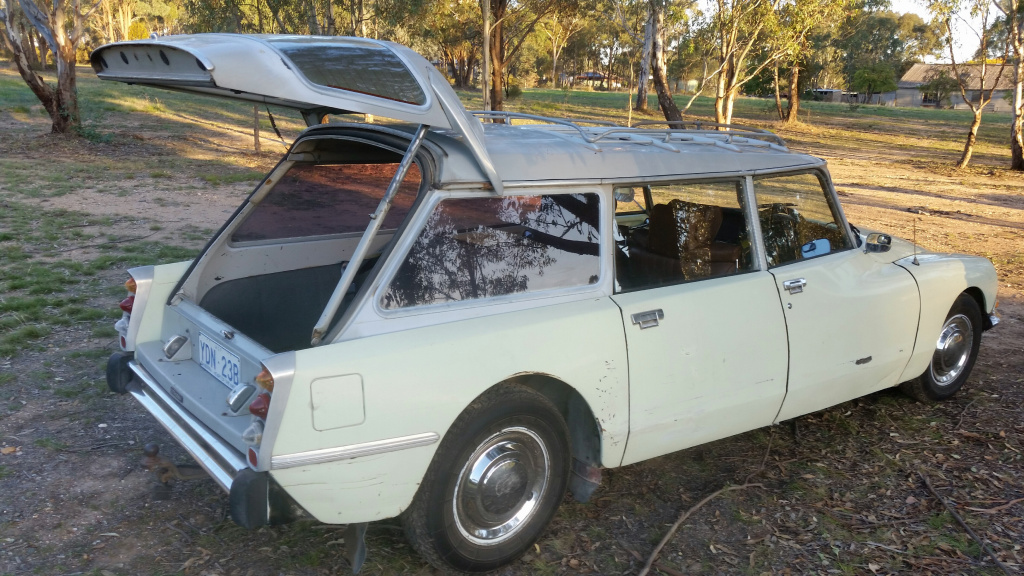
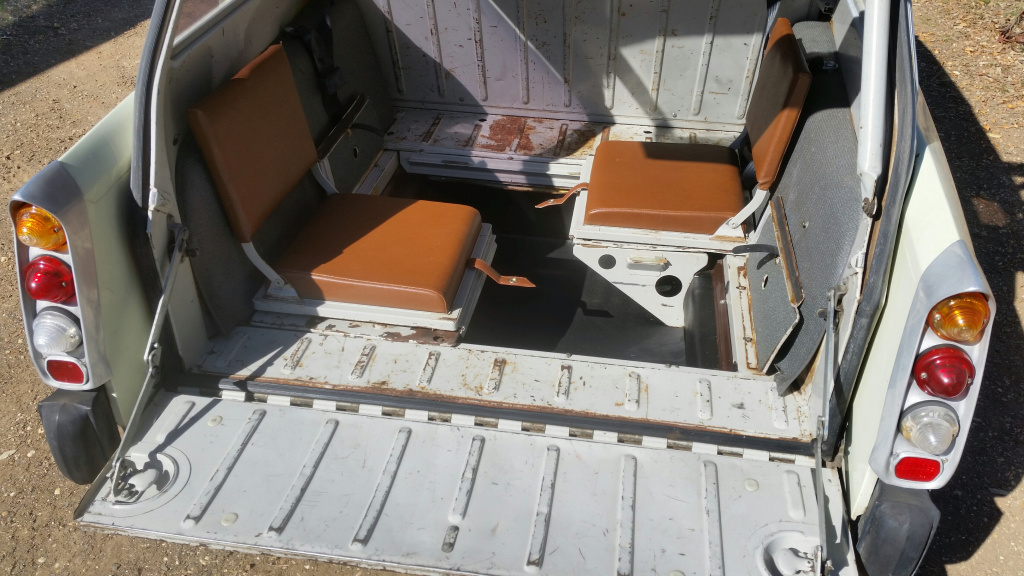
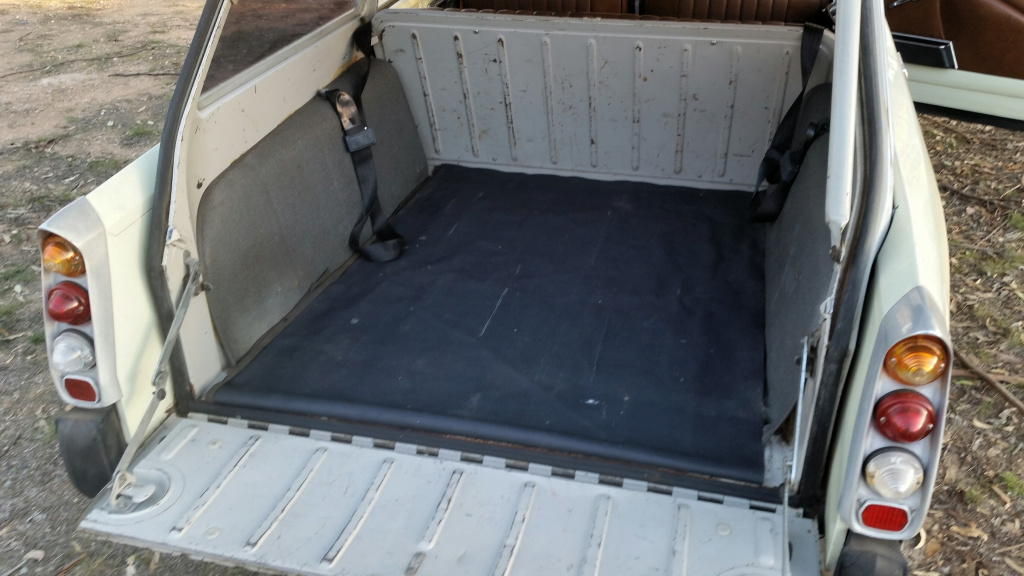
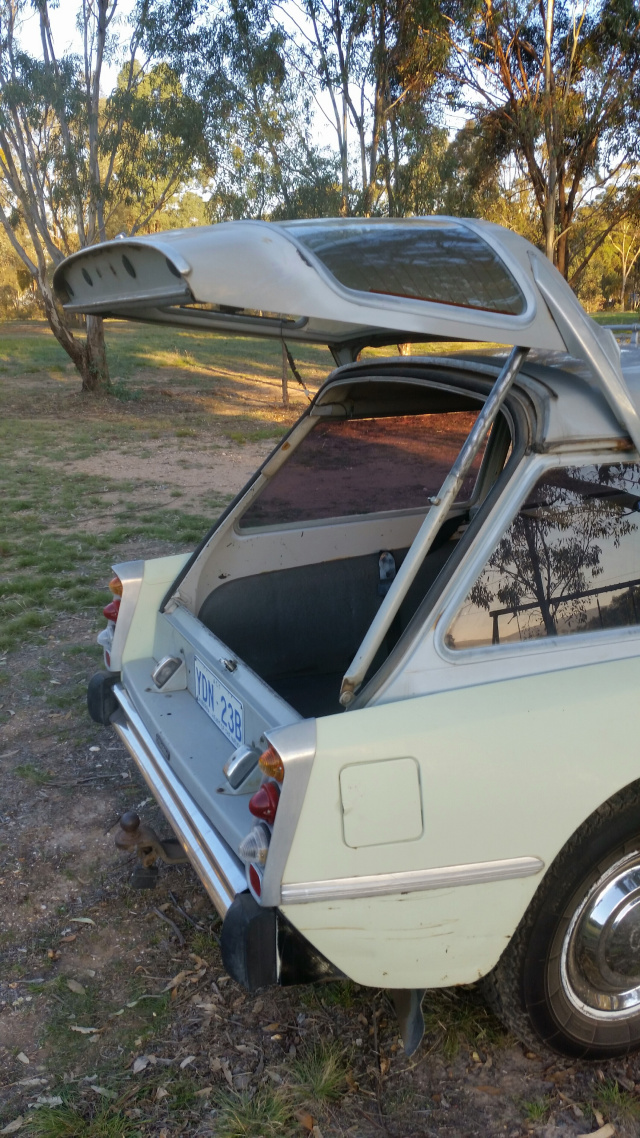
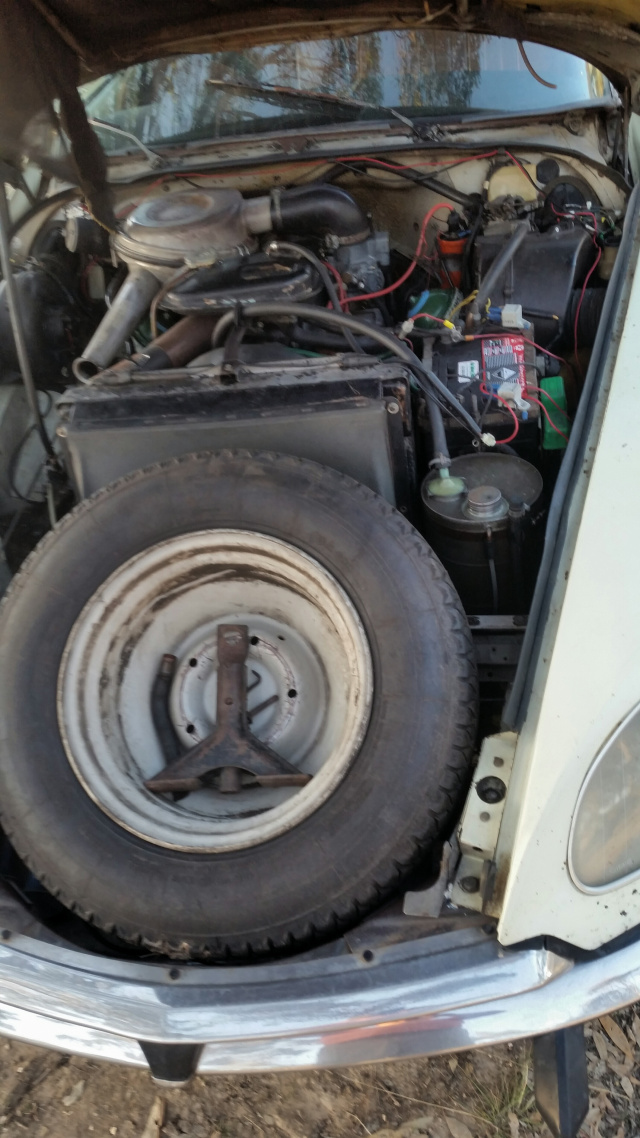
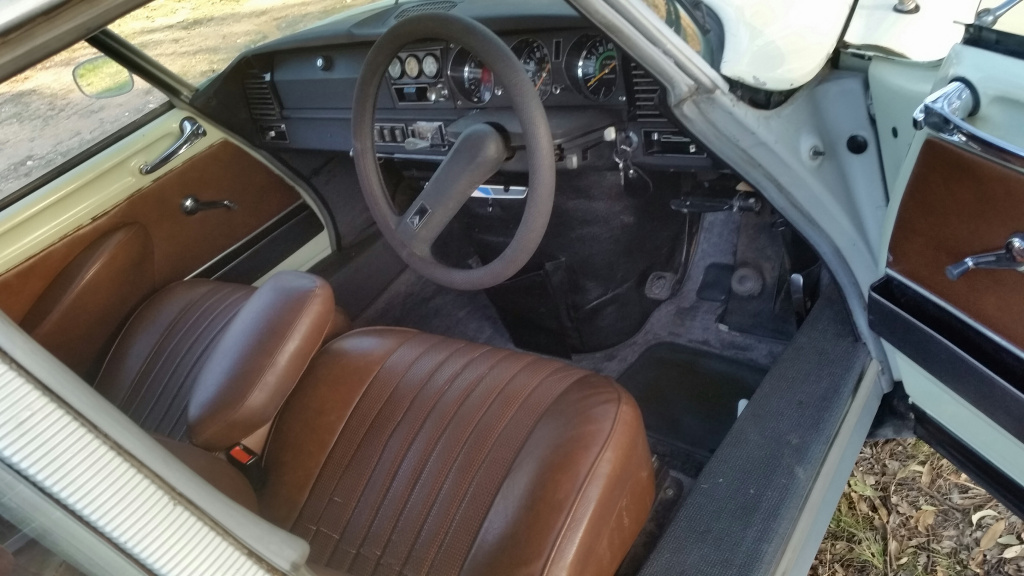
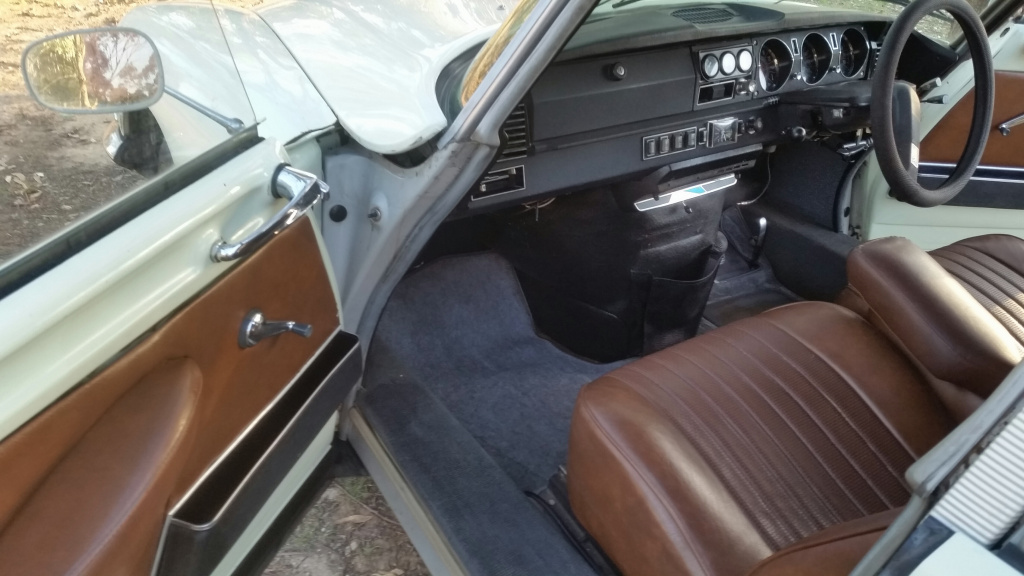
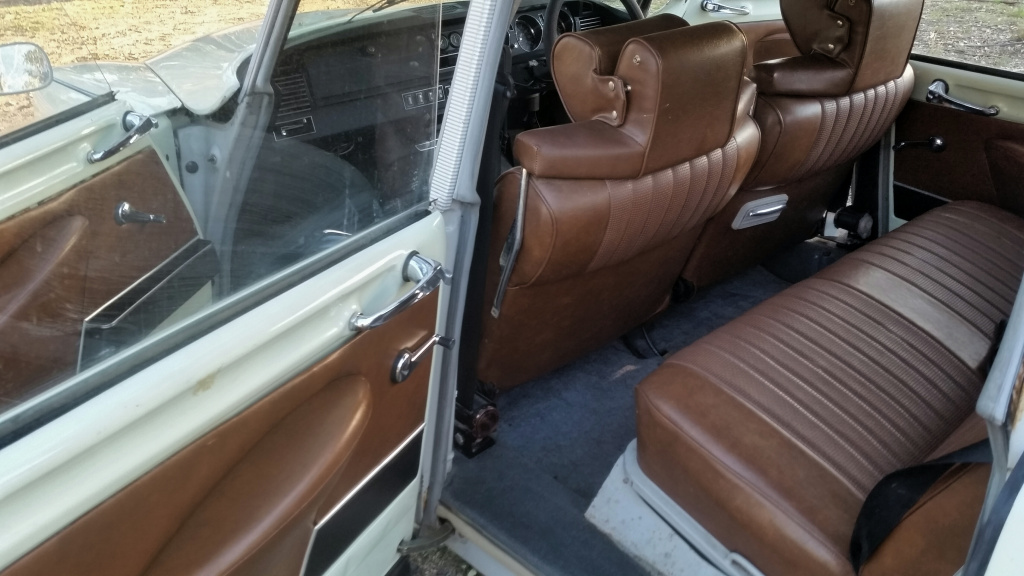
↑ There is some splitting and cracking to all the vinyl (Targa)
seats which will need some attention, but original door trims and carpet
came up amazingly well with a lot of elbow grease!
Watch this space for future developments as the car gets further preservation work done on it. It would be a shame to restore this car, and lose its character, so it'll be sensitively worked on.